
Official Edgar Rice Burroughs Tribute & Weekly Webzine Site Since 1996 ~ Over 15,000 Webzines and Webpages In Archive Master of Imaginative Fantasy Adventure Creator of Tarzan® and "Grandfather of American Science Fiction" Volume 3348 |

Official Edgar Rice Burroughs Tribute & Weekly Webzine Site Since 1996 ~ Over 15,000 Webzines and Webpages In Archive Master of Imaginative Fantasy Adventure Creator of Tarzan® and "Grandfather of American Science Fiction" Volume 3348 |
Recently I've been happily plowing through a biography of Edgar Rice Burroughs. A hefty two-volume affair, by Irwin Porges, it is eminently entertaining reading and above all packed with quotes.
The most unexpected aspect of Burroughs' life seems to be his constant skirmishing with editors and film-makers, indeed with nearly everyone involved in commericializing his work. Petulant and disgruntled letters by the score show up throughout his correspondance. Burroughs would simultaneously rail against "high-brows" and hollow honours (claiming to be a low-brow himself, writing only for entertainment) and quietly write to an influential friend enquiring why Tarzan wasn't in the dictionary yet. He relentlessly hounded his publishers for higher royalties, complained about cover artwork and movie adaptations, threatened to give up writing altogether with an energy and persistance equalled only by his actual writing output itself.
Epidermic reactions to what he perceived as menaces from abroad characterize his ficition, resulting in the systematic nationalizing of villains in his novels -- both world wars produced a bevy of despicable Huns into whose bellies he yearned to see Tarzan shove spears (when he wasn't feeding them to lions; Japanese villains too get a thrashing in the early '40s). Later, when faced with the disastrous reception of the Tarzan tales when they were translated in Germany, coupled with a vigorous press campaign and public outcry (hardly a surprise), he cautioned his editor to remove any passages that could be perceived as racist, claiming he never meant to offend. Not above a little armchair vituperation from the comfort of his home, second thoughts came quickly when book sales were in danger.
Evil Russians are pretty much a regular feature, but nothing beats "Under the Red Flag" for sheer futuristic doom and gloom. His dystopian America in the 21st century under Bolshevik domination was so transparently and venomously anti-communist that his editors told him to just forget publishing it altogether. (It was rejected eleven times between 1919 and 1921.) Undeterred, he rewrote the story, replacing Communists by invading Kalkars from the Moon from under whose iron rule brave Earthmen fight for freedom, led by Julian 9th, born in 2100 in a Commune of the Chicago Soviet. It finally appeared as "The Moon Men", becoming the second in a trilogy, flanked by "The Moon Maid" and "The Red Hawk". (The truly novel facet to these stories is the repeated reincarnation of villain and hero, through the four-hundred-year feud of the houses of Julian and Or-tis, ending with a final battle on the Moon itself and reconciliation of the two dynasties -- Mundane Romeo and Seleno-Juliet, but with a happy ending.)
Nor was Burroughs opposed to a little well-meaning eugenism on the side in his science fiction, the human race benefitting from careful breeding like prize horses or bulls. He even managed to conceive of a full egalitarian and happy race without class or inequality, nevertheless dominated by a hereditary dictatorship. He also believed to some extent that characteristics such as diligence, intelligence and general uprighteousness were inherited and racial. Usually he expressed his outlook indirectly through his fiction; his views in editorials are often uncomfortable to read today.
Born in 1875, he spent much of his schooling in military academies, where he was a fractious and undisciplined cadet. When his application at West Point was rejected, he joined the 7th Cavalry in Fort Grant, Arizona Territory while the West was still wild enough to have roving bands of Apaches and serious outlaws. When he married in 1900, he and his wife Emma survived "just ahead of the sheriff" for years, Burroughs engaging determinedly in countless unsuccessful business ventures and dead-end jobs (the last one was selling pencil sharpeners) before finally turning to fiction. Unimpressed by the content of the pulps1 of the time, he was convinced, as he later reminisced: “...if people were paid for writing rot such as I read in some of those magazines that I could write stories just as rotten. As a matter of fact, although I had never written a story, I knew absolutely that I could write stories just as entertaining and probably a whole lot more so than any I chanced to read in those magazines.”
Burroughs casually dismissed his fiction as mere entertainment, calling it his "meal ticket". He disliked "recognized" authors, or rather the lionizing of them by the intelligentsia he so depised, adding that intelligent people made him feel sleepy. (He did wonder out loud why authors like Zane Grey, who he considered a peer, were making so much more money than he was. Still he was wounded by what he esteemed and unjustified lack of recognition -- his jeremiads take on a feigned casual air, dropping the "g" from "-ing" when he is feelin' self-pity and claimin' just the the opposite.) He had the underdog's loathing of lawyers, scorn for literary critics, exceedingly curious and cynical notions about politics and government, and hated golf. Nor did he have much sympathy for "the masses", while lauding the qualities of the common man (his first stories were written under the peculiar pseudonym of "Normal Bean"), he took no real interest in him beyond magazine circulation. Burroughs was, though, something of an ecologist before the word was invented, and during his tenure at his Tarzana ranch he planted trees energetically and drove hunters away with gusto. (Ecologist, but not one to pass up a good deal; he subdivided the ranch into building lots and created a golf course as fast-spreading Los Angeles suburbs and rising land prices came his way.)
And in all fairness, if his bark could be sharp, his bite was… well, inexistant. He never resorted to underhanded tricks so common in the budding movie industry, and despite his eagerness to turn a quick profit, scrupulously avoided all murky endeavours. Had he travelled more extensively, his view of the world would have likely been largely more balanced; he was also quick and open about renouncing prejudices when he gained a better understanding. Like Lovecraft, his opinionated rants seem to come more from the insecurity bred of unfamiliarity, he displays none of the paranoia and bluster of Robert E. Howard, Conan's creator, and led a far more normal life than the pessimistic recluse from Providence. Nor does he seem to have participated in the steady correspondance they and other fantasy writers exchanged. He did, however, scrupulously reply to letters from readers, and carried on long epistolary exchanges with several.
Above all, he is an illustrator's author, providing, through his astonishingly fertile imagination, a wealth of worlds which have provided the inspiration for generations of painters and illustrators. All in all, he was very much what he claimed loudly to be, a decent ordinary American, open to prejudice and intolerance, with little first-hand knowledge of the world outside (Burroughs' only trips abroad came in his 60's when he moved to Hawaii with his second wife, and became a war correspondant in the Pacific Theatre following Pearl Harbour), but an earnestness, and a basic honesty beyond reproach. An irrepressible sense of self-deprecation is his grandest saving grace. (Burroughs claimed that he had lived a life far too boring to be of interest to anyone and episodes gleaned from his fiction, the life of the "Other Burroughs", the one born in Peking for example, where his father was military adviser to the Empress of China, and who lived there, in the Forbidden City, until the age of ten, have now blurred the line between fact and fiction and are taken by many at face value. Burroughs would certainly have been most amused.) His bull-headed and indefatigable defence of his rights and royalties is admirable. Well before it became commonplace, he inaugurated meet-the-author sessions for his public, and invested a huge amount of energy in the Tarzan clubs (cynics would say it was to groom his future reading public, but Tarzan was very much a Baden-Powell figure in leopardskin trunks). Also, thanks to a carefully preserved correspondance, it's possible to glean an idea of his interaction with the illustrators visualizing his worlds and the close (very close) attention he reserved for their work.
Nowadays, with Tarzan largely a household world, fully absorbed into general global culture along with the likes of Coca-Cola, the character no longer quite carries the punch he did while the author was busily spinning tales and basically taking on all comers:
FAKE TARZANS ARE WARNED BY FAMED AUTHOR
Burroughs Says His Character Is Losing Face?
Nevada State Journal Reno, Nevada
Saturday, May 20, 1939
By Frederick C. OthmanTARZANA, Cal., May 19, 1939 (U.P): Edgar Rice Burroughs served notice Friday on all unauthorized Tarzans, whose number is legion and whose ears mostly are cauliflower, to quit insulting the name that he made famous. As creator of a major industry based upon the adventures of his mythical ape man, Burroughs informed the Tarzans, including wrestlers, prize fighters, and professional footballers, that they’re making a bum of the original Tarzan. He said they’d have to change their names or face the consequences.
Hits Wrestlers
“What got me worried about the situation,” he reported here in the white stucco lair of Tarzan, the ape man, “was a wrestling match I saw the other night, featuring a Mr. Tarzan Orth. “This Mr. Tarzan Orth danced around the ring a while, fell on his face, and posed like dying fawn. And all the fans at ringside took out their handkerchiefs and waved them at Mr. Tarzan Orth and said: ‘“Yoo-hoo, Tartan!’”
This insult to the king of the jungle, whom he first imagined in 1912 and who has been going strong ever since in books, magazines, newspapers, and movie theaters, caused Burroughs to write sharp notes to all the Tarzans he knew. A typical letter from the president of Edgar Rice Burroughs, Inc., went to a Mr. Tarzan White, member of the west coast wrestling syndicate. It said:
“I have not granted you permission to the use of this name and I now notify you that I do not grant such permission. Your use of this name in connection with your activities may result in confusion in the minds of the public and remit in damage to this character and its name.”One Real Tarzan
Burroughs said there was only one man in the world authorized to can himself Tarzan and that was Mr. Johnny Weissmuller, for whom Metro-Goldwyn-Mayer studios had paid the proper fee and who actually looked on the silver sheet like Tarzan ought to look.“The other, self-christened Tarzans are apes, all right.” Burroughs said, “only they’re muscle bound and have broken noses. Furthermore, ‘Tarzan’’ is a copyrighted trademark and if these plug uglies insist upon using it I’m going to insist on the right to license them and stencil the copyright number on their chests.”
The genial Burroughs, who operates all his Tarzan enterprises from this town named after his celebrated character, said he’d had considerable Tarzan trouble lately. “And the worst was when I bought a pedigreed sheep dog for my son,” he said. “The boy wanted to name his pet Tarzan’ and would you know? The breeders association would not let us use that name. They said somebody else already had a sheep dog named ‘Tarzan.’ “And that’s the way it goes and I’m getting tired of it.”
Names Approved
Burroughs said finally that he understood some parents had named their babies Tarzan.’ This, he said, is okay. A Tarzan that starts from scratch should turn into a fine young man and be a credit to the keen-eyed, lithe-limbed Tarzan I, who has been earning his creator handsome dividends for the last 27 years.
Edgar Rice Burroughs wrote over eighty novels and collections of short stories, inventing not only Tarzan's Africa (filled with lost kingdoms, savage tribes and disoriented foreigners), but also Barsoom (the John Carter of Mars series), Pellucidar (his Hollow Earth novels), Amtor (set on Venus) and the lost island of Caspak, as well as a good number of westerns and historical romances. His first novel, "Under the Moons of Mars", was serialized in The All-Story magazine in 1912. His longest novel, the 125,000-word "Marcia of the Doorstep", remained unpublished until 1999.1 The pulps were of course the prime market for writers of fiction of all sorts in the first half of the 20th century in the US. Printed on cheap wood pulp paper, they were the descendants of the "penny dreadfuls" of the century before. "Glossies" refers to magazines rather more up-market, printed on better stock.
Continued in Part II
.
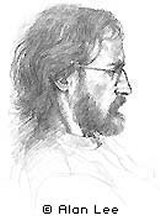
www.john-howe.com |
Biographies are difficult, and hard facts generally pretty rare. So, welcome to the strict minimum. Born in 1957 in Vancouver, grew up in British Columbia. Studied at the Ecoles des Arts Décoratifs de Strasbourg Lives in Switzerland as a freelance illustrator, with wife Fataneh (also an illustrator), and son Dana (who knows what he will be, but he does play awfully good classical guitar). All the rest - pictures and what there is to say about them - will be found on my Web site. |
|
|
|
Roll Over Images with Mouse to See Pop-Up Captions Click Images to See Related Webpage |
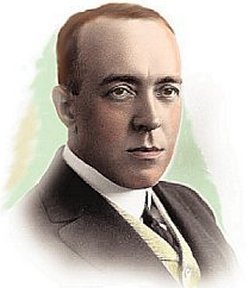 |
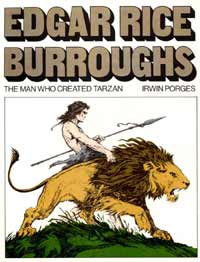 |
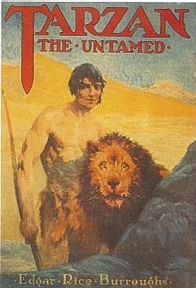 |
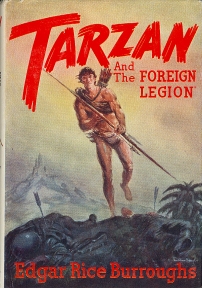 |
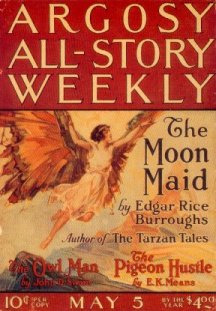 |
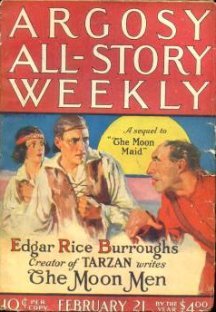 |
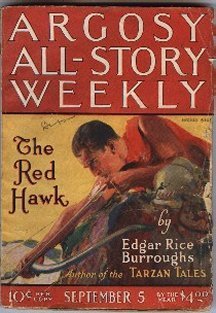 |
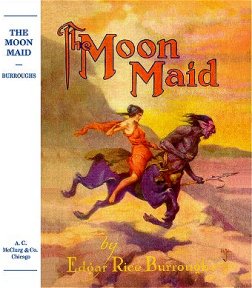 |
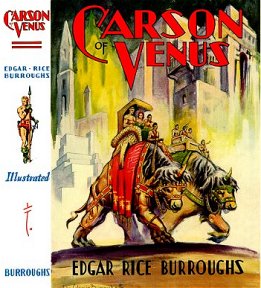 |
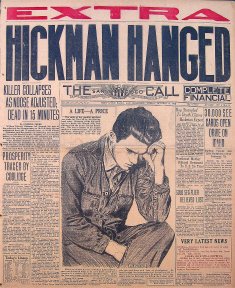 |
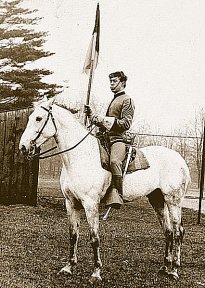 |
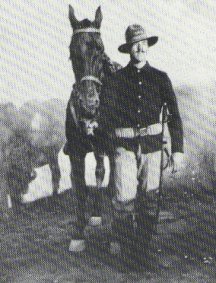 |
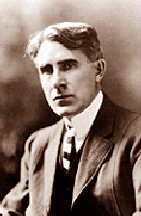 |
 |
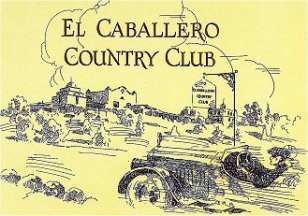 |
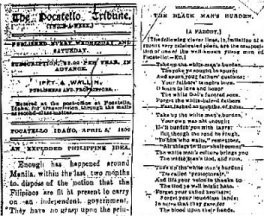 |
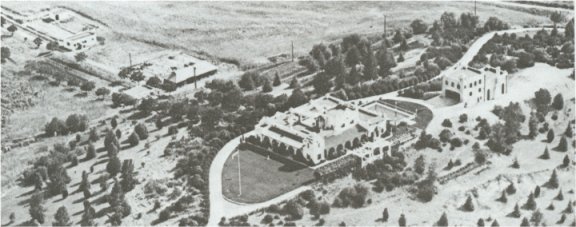 |
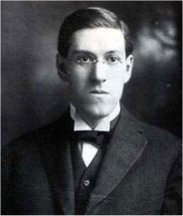 |
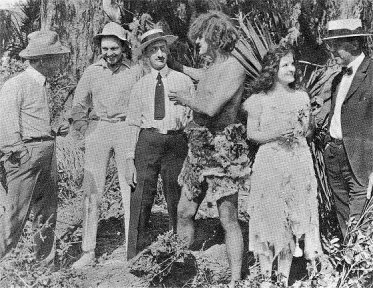 |
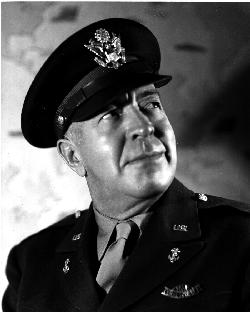 |
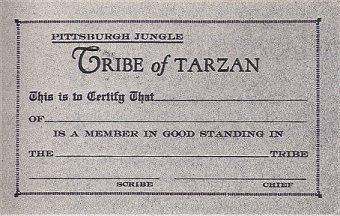 |
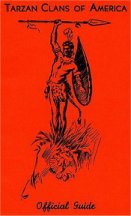 |
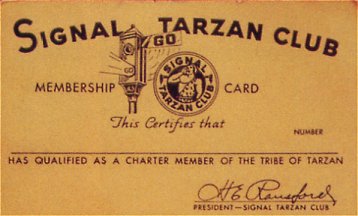 |
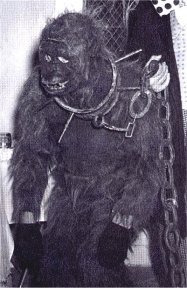 |
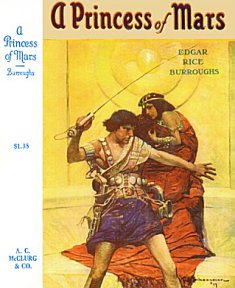 |
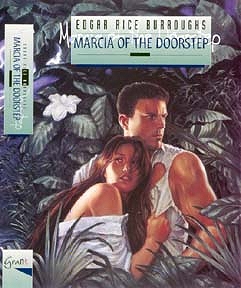 |

ERBzine.com
Presents
The
Fantastic Worlds of Edgar Rice Burroughs
ERB
Companion Sites Created by Bill Hillman

![]()

![]()
![]()

![]()
BILL
HILLMAN
Visit
our thousands of other sites at:
BILL
and SUE-ON HILLMAN ECLECTIC STUDIO
ERB
Text, ERB Images and Tarzan® are ©Edgar Rice Burroughs, Inc.-
All Rights Reserved.
All
Original Work ©1996-2011/2019 by Bill Hillman and/or Contributing
Authors/Owners
No
part of this web site may be reproduced without permission from the respective
owners.